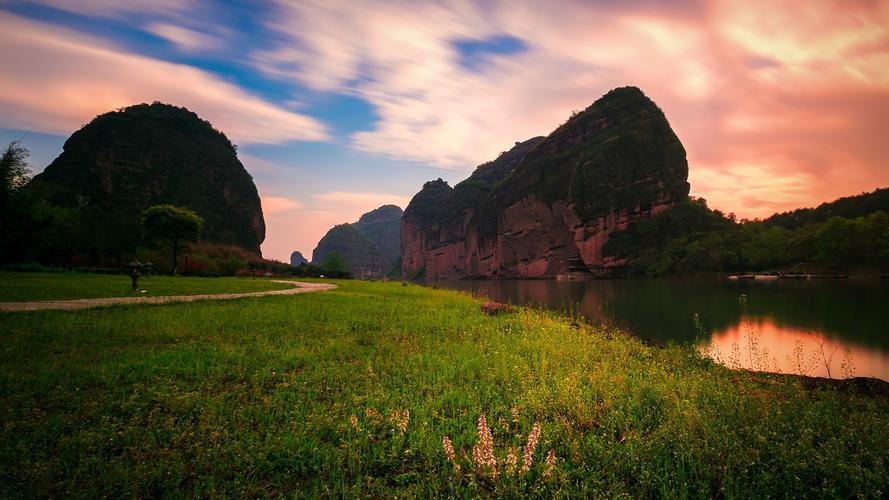Exploring the Intricate Ecological Relationships Between Predators and Prey
The world of predators and prey is a complex web of relationships that have evolved over millions of years. At the heart of this intricate ecological system are the relationships that exist between predators and their prey. Researchers have been studying these relationships for decades, seeking to understand the dynamics that drive them.
Predators and their prey have a critical role in the ecosystem. Predators help to control populations of prey, and in turn, prey provide a source of food for predators. As populations of predators and prey fluctuate over time, so too do the relationships that exist between them.
One of the most interesting aspects of predator-prey relationships is how they have evolved over time. Predators have evolved a range of adaptations that allow them to catch and eat their prey, while prey have evolved a range of adaptations that allow them to avoid being caught.
One such adaptation is camouflage. Many prey animals have evolved coloration patterns that allow them to blend in with their surroundings, making them less visible to predators. For example, the coloration of a deer’s fur helps it to blend in with the surrounding trees and bushes, making it more difficult for predators to spot.
Another adaptation that prey animals have evolved is speed. Many prey animals, such as gazelles and cheetahs, have evolved to be incredibly fast runners, allowing them to outrun predators. However, predators have also evolved to be faster, stronger, and more agile, in order to catch their prey.
Predator-prey relationships are also influenced by other factors, such as the abundance of prey and the availability of resources. When prey populations are high, predators have an abundance of food, and their populations will increase. However, when prey populations are low, predators will struggle to find food, and their populations will decrease.
In addition, predator-prey relationships are often influenced by human intervention. For example, the hunting of predators can lead to an increase in the populations of their prey, which in turn can lead to an imbalance in the ecosystem.
In conclusion, the ecological relationships between predators and prey are complex and intricate, shaped by millions of years of evolution. These relationships are critical to the health of the ecosystem, and researchers continue to study them in order to understand how they work and how they can be preserved. By understanding the delicate balance that exists between predators and their prey, we can ensure the longevity of our natural world for generations to come.
(Note: Do you have knowledge or insights to share? Unlock new opportunities and expand your reach by joining our authors team. Click Registration to join us and share your expertise with our readers.)
